A non-stick surface is a surface engineered to reduce the ability of other materials to stick to it.
Non-stick cookware is a common application, where the non-stick coating allows food to brown without sticking to the pan.
Non-stick is often used to refer to surfaces coated with polytetrafluoroethylene (PTFE), a well-known brand of which is “Teflon.”
In the twenty-first century other coatings have been marketed as non-stick, such as anodized aluminium, ceramics, silicone, enameled cast iron, and seasoned cookware. Superhydrophobic coating is the newest non-stick coating for sale.
The modern non-stick pans were made using a coating of Teflon (polytetrafluoroethylene or PTFE). PTFE was invented serendipitously by Roy Plunkett in 1938, while working for a joint venture of the DuPont company.
The substance was found to have several unique properties, including very good corrosion-resistance and the lowest coefficient of friction of any substance yet manufactured. PTFE was first used to make seals resistant to the uranium hexafluoride gas used in development of the atomic bomb during World War II, and was regarded as a military secret. Dupont registered the Teflon trademark in 1944 and soon began planning for post-war commercial use of the new product.
By 1951 Dupont had developed applications for Teflon in commercial bread and cookie-making; however, the company avoided the market for consumer cookware due to potential problems associated with release of toxic gases if stove-top pans were overheated in inadequately ventilated spaces.
While working at DuPont, NYU Tandon School of Engineering alumnus John Gilbert was asked to evaluate a newly- developed material called Teflon. His experiments using the fluorinated polymer as a surface coating for pots and pans helped usher in a revolution in non-stick cookware.
A few years later, a French engineer had begun coating his fishing gear with Teflon to prevent tangles. His wife Colette suggested using the same method to coat her cooking pans. The idea was successful and a French patent was granted for the process in 1954. The Tefal company was formed in 1956 to manufacture non-stick pans.
Not all non-stick pans use Teflon; other non-stick coatings have become available. For example, a mixture of titanium and ceramic can be sandblasted onto the pan surface, and then fired at 2,000 °C (3,630 °F) to produce a non-stick ceramic coating.

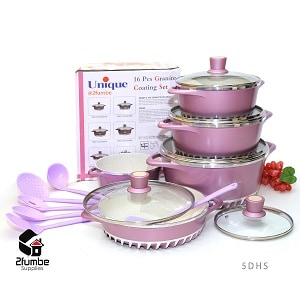
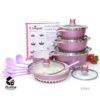
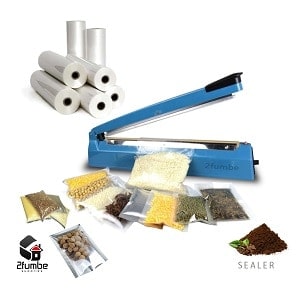
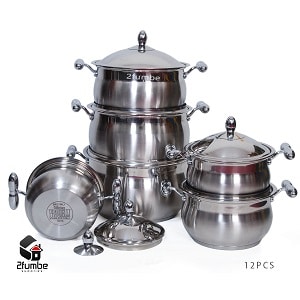
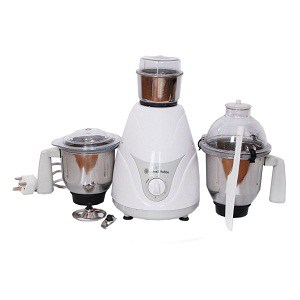
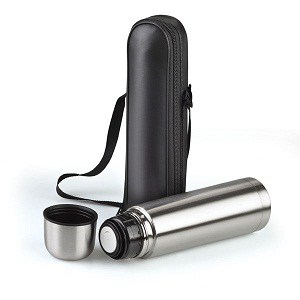
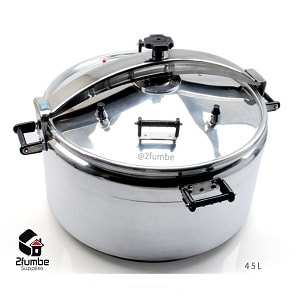
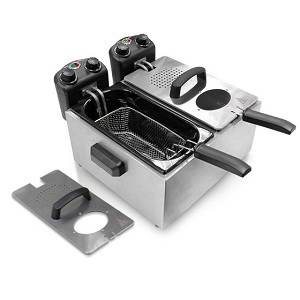
Reviews
There are no reviews yet.